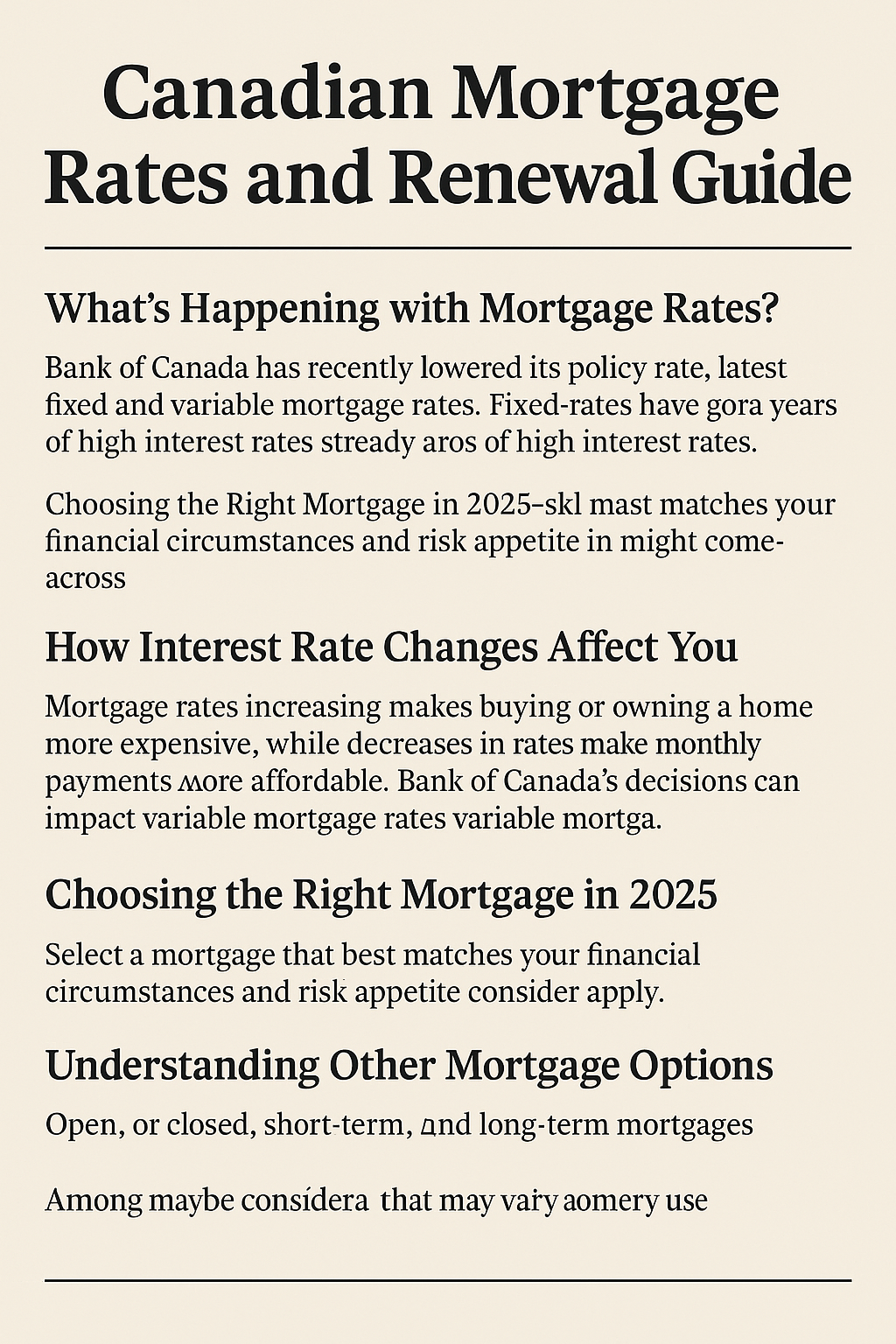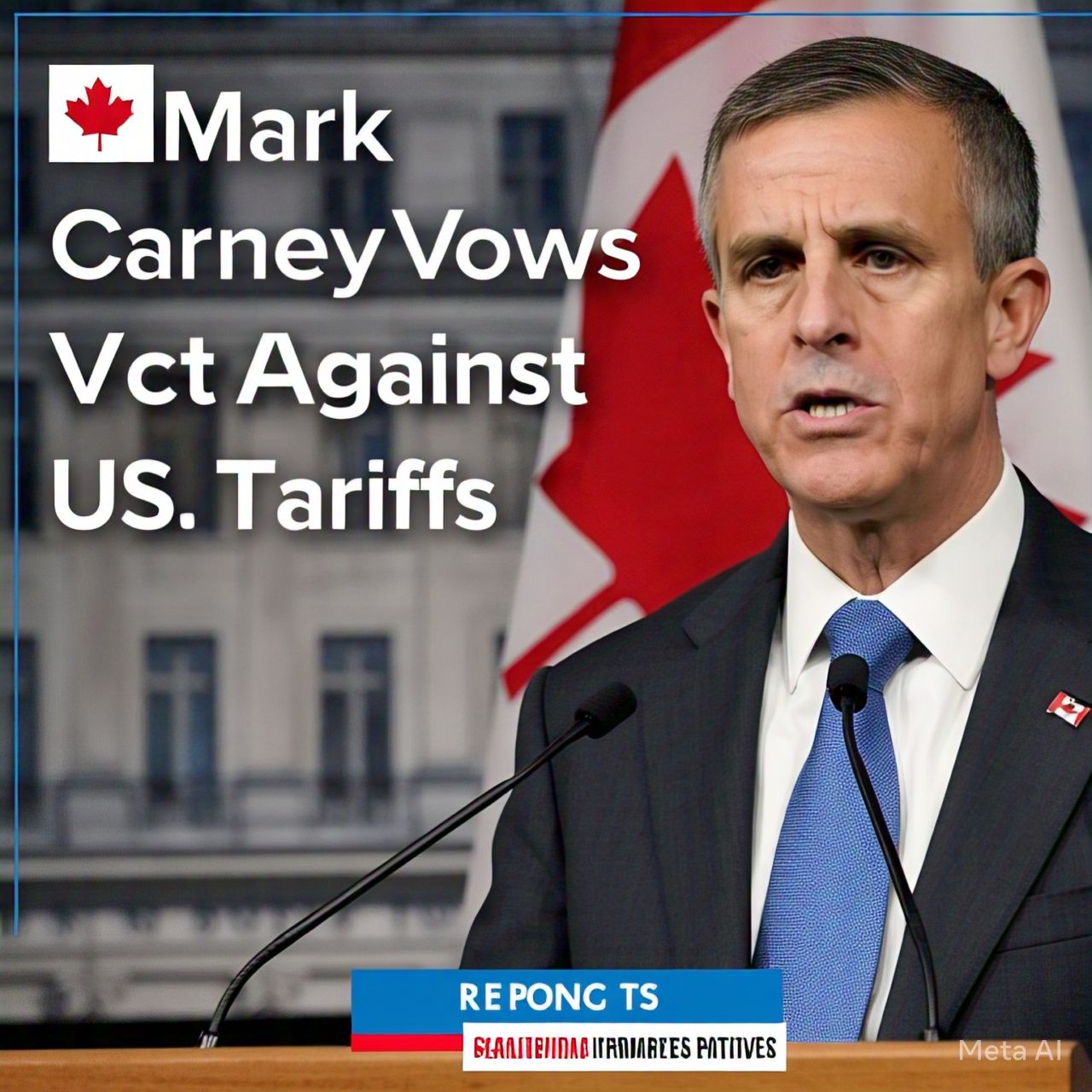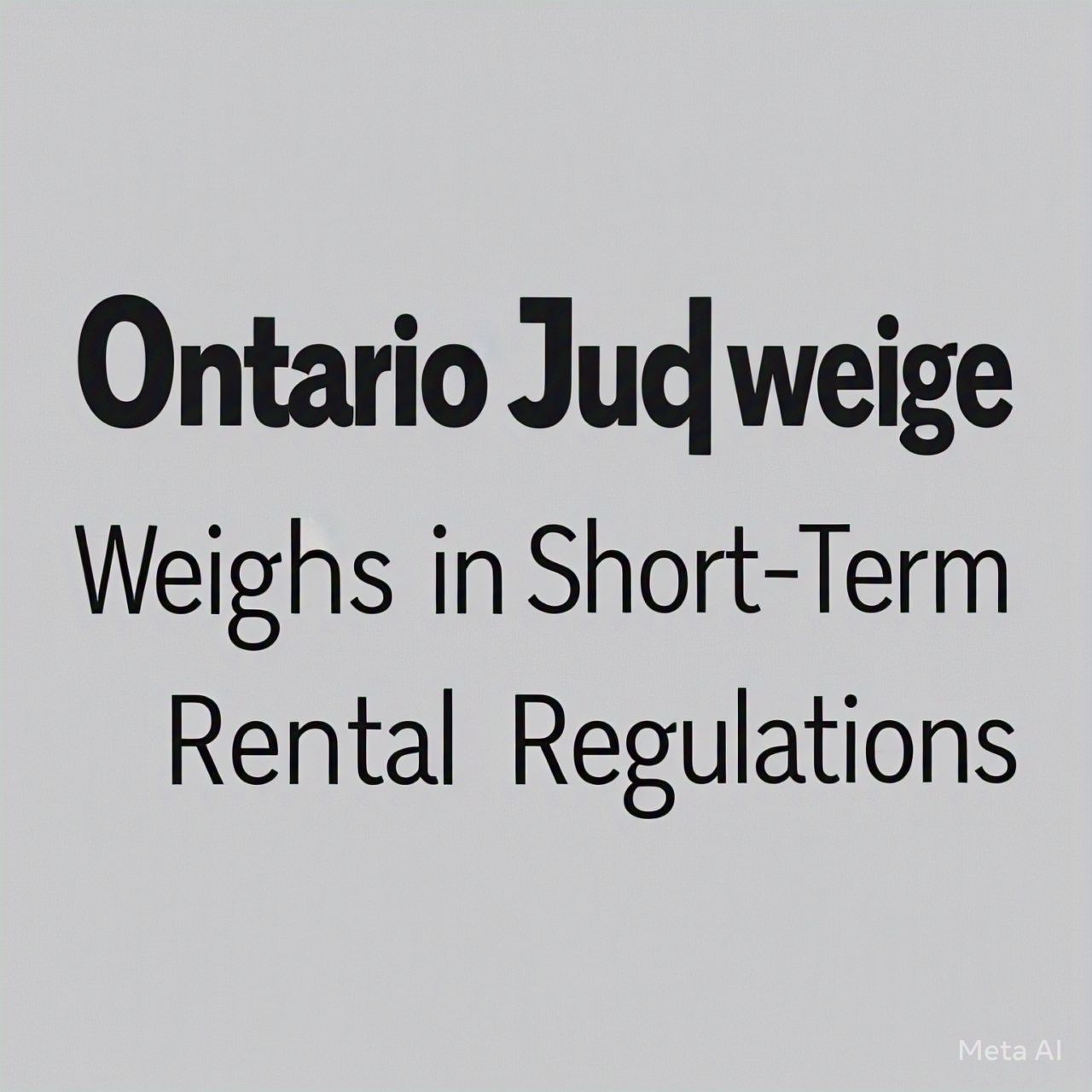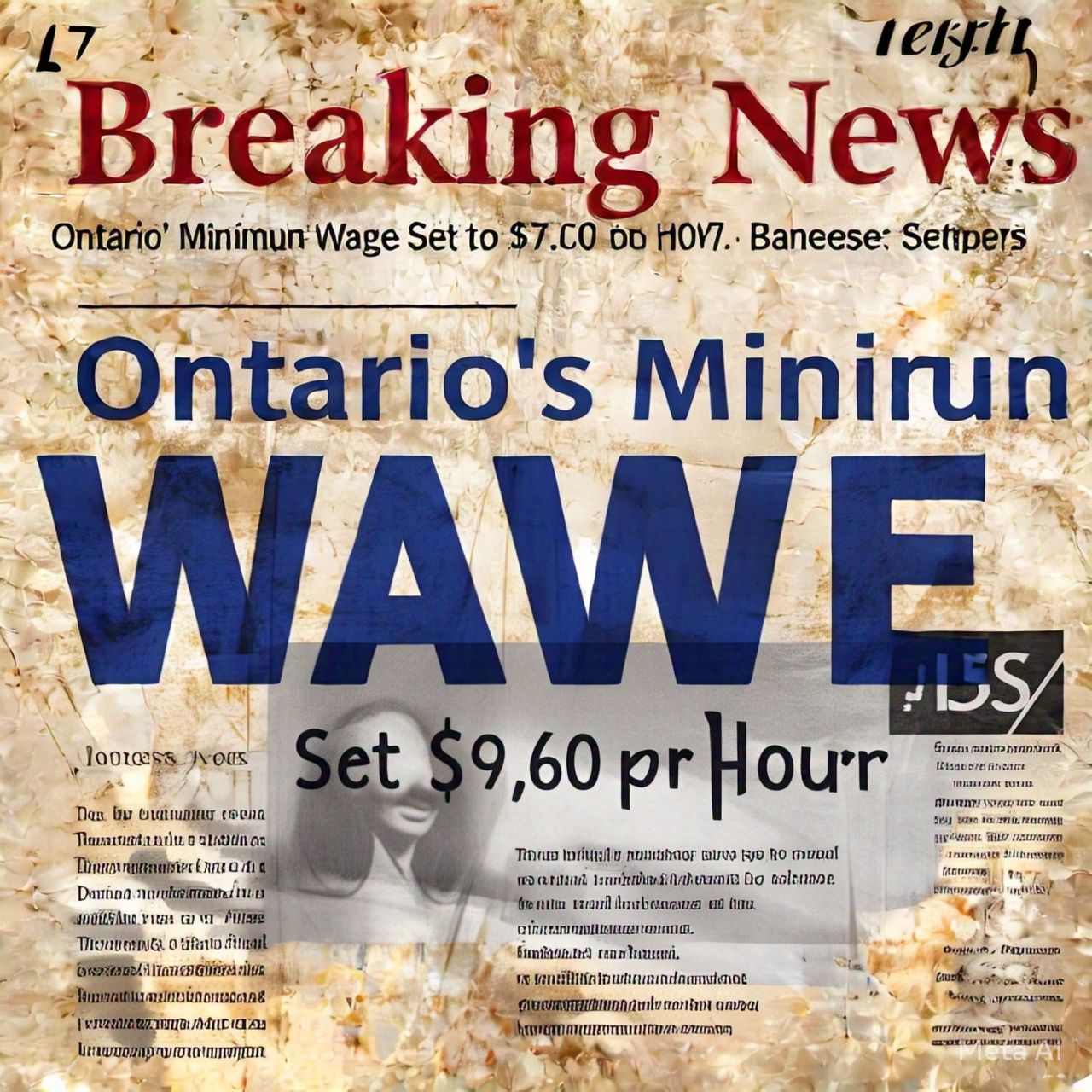Mortgage rates in Canada have been undergoing rapid changes in 2025, primarily due to shifts in the Bank of Canada’s interest rate policies, economic uncertainty sparked by issues like US tariffs, and inflationary pressures. If you are approaching your mortgage renewal or considering refinancing, understanding these factors is crucial to making informed decisions.
What’s Happening with Mortgage Rates?
Recently, the Bank of Canada has reduced its policy rate, leading to a decrease in both prime and variable mortgage rates. Fixed-rate mortgages, which are influenced by bond yields, have also been dropping after several years of higher rates. On the other hand, variable mortgage rates have been more volatile, directly impacted by the Bank of Canada’s decisions and the prime rates set by lenders.
Large financial institutions such as RBC, TD, BMO, Scotiabank, CIBC, National Bank, and Desjardins have reduced their mortgage rate discounts due to concerns over tariff uncertainties and potential recessions. As a result, high-ratio mortgage rates have now dropped below the 4% mark, while most 5-year fixed rates for conventional mortgages are hovering in the mid-4% range. Variable rates remain slightly lower but can fluctuate more significantly.
How Interest Rate Changes Affect You
Higher mortgage rates increase the cost of owning or purchasing a home. As rates rise, monthly payments climb, which can reduce your purchasing power. On the flip side, when interest rates are low, monthly payments become more affordable, sometimes fueling higher home prices as more buyers enter the market.
The Bank of Canada’s rate decisions have a direct effect on variable-rate mortgages (VRMs). When the BoC raises its rates to combat inflation and stabilize the economy, mortgage payments can increase, especially for those with adjustable-rate mortgages (ARMs). With VRMs, while the overall monthly payment may stay the same, the proportion dedicated to paying off the principal and interest fluctuates, which can result in longer repayment periods or higher overall costs if rates rise sharply.
Choosing the Right Mortgage in 2025
In 2025, selecting the right mortgage for your financial situation and risk tolerance is more critical than ever. Here’s a breakdown:
-
Fixed vs Variable Mortgages: Both fixed and variable mortgages offer predictable payments, which can appeal to those seeking stability. Fixed-rate mortgages, though more predictable, are priced higher due to prevailing market conditions. Variable-rate mortgages usually offer lower initial rates, making them attractive for those willing to ride out potential fluctuations. However, these fluctuations could result in higher costs down the line if interest rates continue to rise.
-
Adjustable-rate Mortgages (ARMs): ARMs are similar to variable mortgages but with periodic adjustments based on the prime rate. While this means your payments will adjust in line with rate changes, ARMs carry less risk of negative amortization compared to variable-rate mortgages.
-
Mortgage Pre-Approval: Getting pre-approved for a mortgage allows you to lock in a rate for a certain period, offering protection against rising rates and potentially higher monthly payments.
Managing Renewal Payment Shock
If your current mortgage was secured at low rates, renewing it at today’s higher rates could cause a significant spike in your payments. To manage this, it may be worth exploring options such as refinancing or adjusting your amortization period to keep your payments manageable.
Understanding Other Mortgage Options
In addition to the standard fixed, variable, and adjustable mortgages, several other mortgage products could be relevant to your situation:
-
Open vs Closed Mortgages: Open mortgages allow you to make extra payments or pay off your loan early without incurring penalties. Closed mortgages, while offering lower interest rates, limit additional payments to a percentage of the original balance.
-
Short-term vs Long-term Mortgages: Short-term mortgages (1-2 years) often come with lower rates but lack stability. Longer terms (5-10 years) offer predictability, though they may have higher rates. Interestingly, in 2025, shorter-term mortgages are more expensive than long-term mortgages due to economic uncertainty caused by US tariffs and potential recession risks.
-
Hybrid Mortgages: Collateral charge mortgages allow you to blend various types of mortgages, such as fixed and variable rates or home equity lines of credit (HELOCs). This approach helps balance risk and potential savings. A blended mortgage lets you merge your current rate with a new, lower rate, reducing interest costs without having to refinance entirely.
What if Your Lender Won’t Renew Your Mortgage?
Mortgage delinquencies are on the rise, which poses a risk when it’s time to renew. If you’ve missed payments or your credit score has taken a hit, your lender may choose not to renew your mortgage. This could leave you with fewer, more expensive options.
Though rare, lenders can refuse to renew your mortgage if they deem you a higher risk due to missed payments, a poor credit score, or high debt levels. If a federally regulated lender decides not to renew, they must notify you at least 21 days before your current mortgage term ends.
In such a scenario, potential solutions include finding a co-signer, improving your credit, consolidating debts, refinancing



